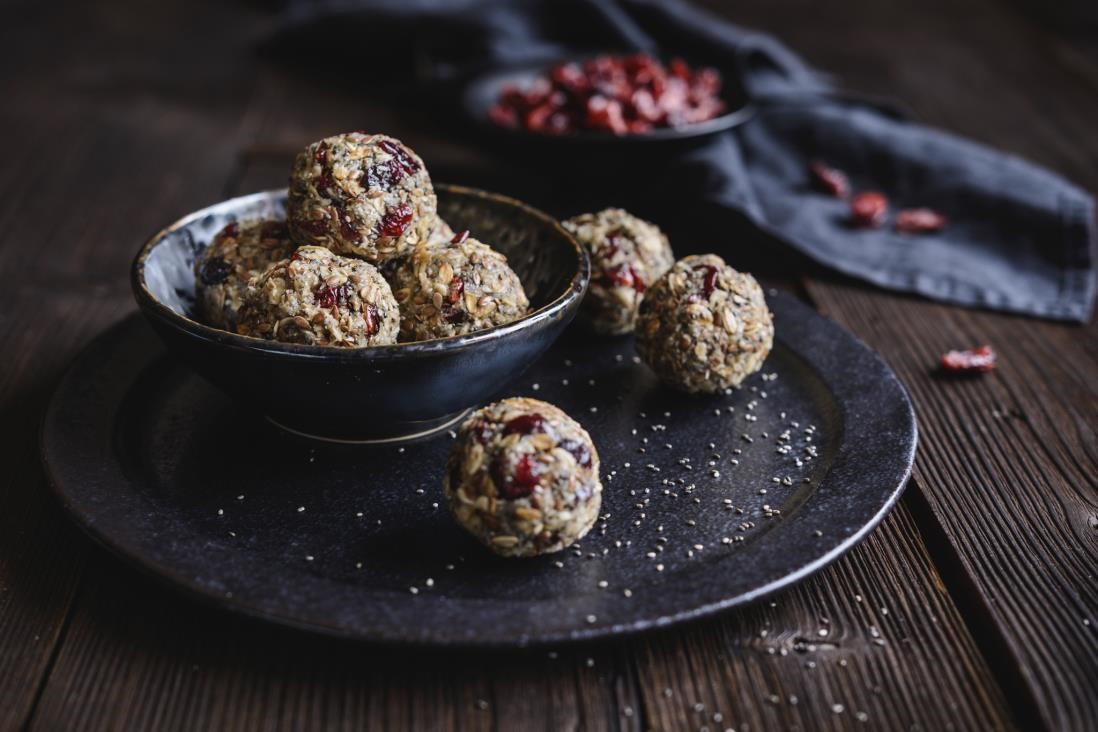1. The Origins of Flax
Flax is a powerful plant that dates back to the Stone Age in Western Europe where remnants were found in dwellings. Ancient Egyptians used the fibrous plant to make fine linens. Its introduction to the Western Hemisphere moved across the United States and Canada beginning in the 1800s. Beyond linen, the flax plant is used industrially as livestock feed, fine paper manufacturing and upholstery padding.1
The nutritional powerhouse of the plant, flaxseed, is used in a variety of applications across nutrition categories. Although ancient, flaxseed is used extensively today as a dietary source of fiber and polyunsaturated fats supporting both heart & digestive health, but more on that later.
2. The Difference between Flaxseed and Flaxseed Oil
The production of flaxseed oil simply involves the pressing of flaxseeds. Similar to flaxseeds, flaxseed oil is also a good source of polyunsaturated fats. However, flaxseed oil does not contain the beneficial lignins or fiber that are present in normal flaxseed.
Flaxseed oil is very similar to fish oil but not as strong smelling. The difference between flaxseed oil and fish oil concerns the form of omega-3 fatty acid. Flaxseed oil is composed of alpha linolenic acid (ALA) and is one of the richest plant sources of ALA.2 Fish oil contains omega-3 acids docosahexaenoic acid (DHA) and eicosapentaenoic acid (EPA). Both oils have their own challenges with shelf stablity. Stabilizing flaxseed oil by utilizing spray-drying technologies to microencapsulate the oil, with the addition of maltodextrins as the carrier, make it a lot easier for formulators to incorporate the super seed ingredient. The resulting powder has a lower oxidation rate and longer shelf life than that of the original oil.
3. Flax & Heart Health Benefits
Omega-3 and omega-6 fatty acids are essential fatty acids vital in health. Research in omega-3s shows a decrease of inflammation, while consumption of omega 6s suggest an inflammatory response. It is important to have a balance of omega-3s and omega-6s in the diet. There should be 2 to 4 times more omega-3s than omega-6s in the diet. However, in the American diet, there are more omega-6s consumed than omega-3s. In one tablespoon of flaxseed oil, there are 8 grams of omega-3 and 2 grams of omega-6 fatty acids. Flaxseed oil is a good source of the optimal balance of omega-3 and omega-6 fatty acids, which supports heart health.3
4. Flax & Digestive Health Benefits
Flaxseed contains both soluble and insoluble fiber. While soluble fiber helps to support healthy cholesterol and blood sugar, insoluble fiber helps keeps things moving through the digestive system.4 Consumers are increasingly interested in fiber content, especially in performance categories. For instance, (36%) of surveyed US consumers indicate that fiber content is important attribute when choosing nutrition/performance bars. Outside of bars, fiber associations to flax are growing in a wide range of product launches. According to global product launches tracked by Mintel, product launches with flaxseed as an ingredient and high/added fiber claims has risen from 20% in 2016 to 23% in 2020.5
5. Ways to Take Flaxseed and Flaxseed Oil
Flaxseeds and flaxseed oil can be bought at the grocery store on their own. However, they are also fortifying foods & beverages globally. Global new product data indicates that since 2016, an average of 2,950 products are launched with flaxseed each year.6
6. Approaches to Get Flaxseed in Your Products
- Incorporate inclusion packs of MicroSure™ Plus® heat-treated whole flaxseeds to instant oatmeal or hot cereal products for an extra crunch.
- Reduce gum usage in bakery with CusineFlax™ for clean label and gluten-free baked goods like breads, muffins, dough or pancakes for vegan hydrocolloid benefits including binding, stability, and texture and moisture management.
- Add BevFlax™ milled flaxseed created specifically for beverages into your ready-to-mix and ready-to-drink beverages for a formulation friendly, plant-based nutrient boost!
- Optimize your snack portfolio with SnackFlax™ suitable for to granola bars, nut butters, no-bake doughs and snack bites.
- Don’t forget about your four-legged friends, PetFlax™ Stone Ground Brown & Omega-3 Brown milled and fine milled flaxseed solutions have a long shelf life, maintain nutritional value and improve the texture and functionality of pet and equestrian applications.

